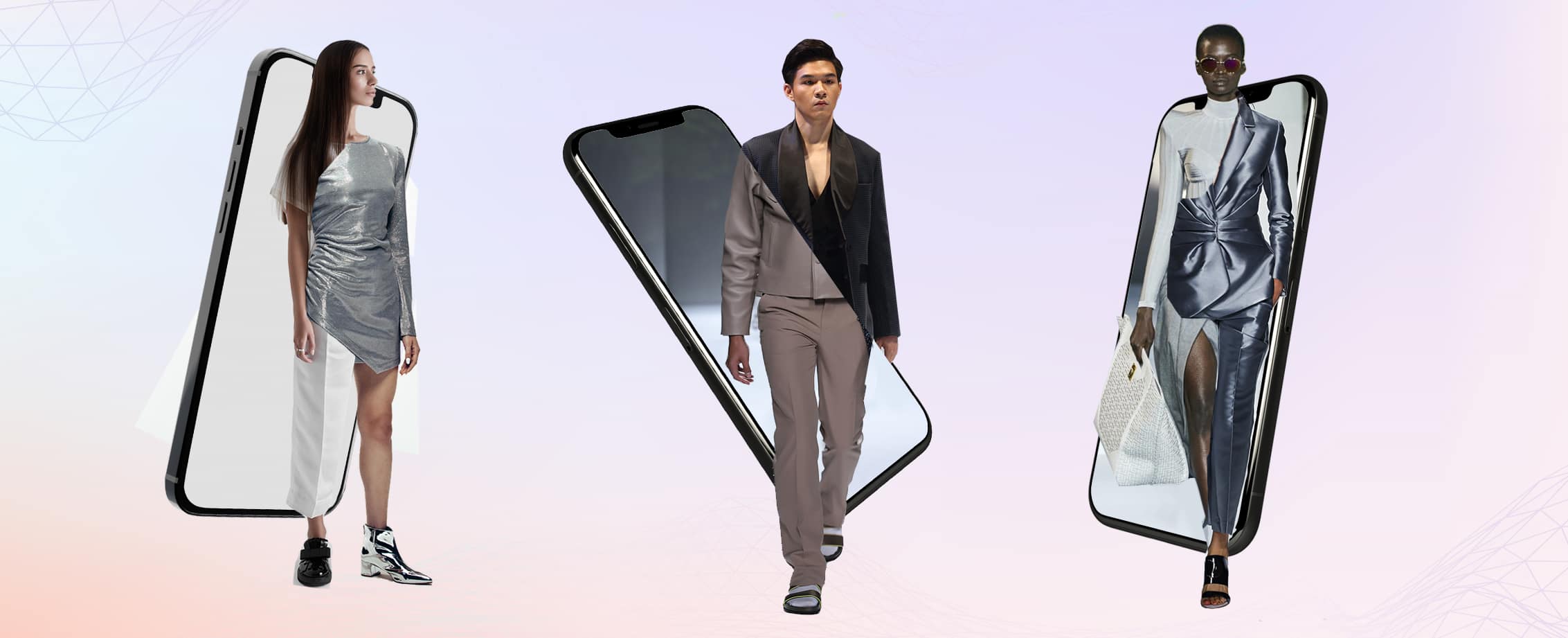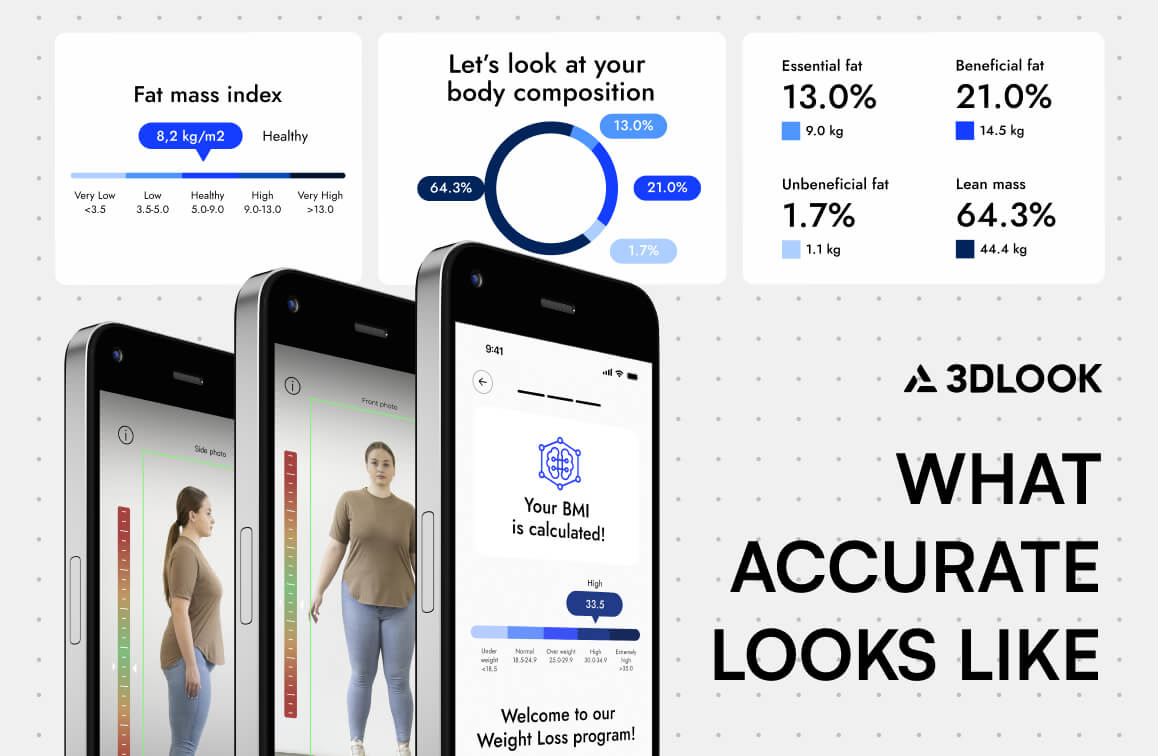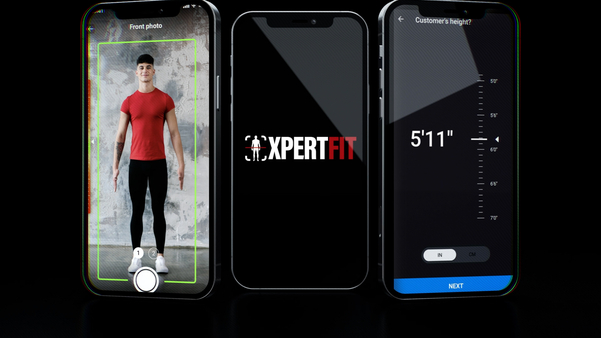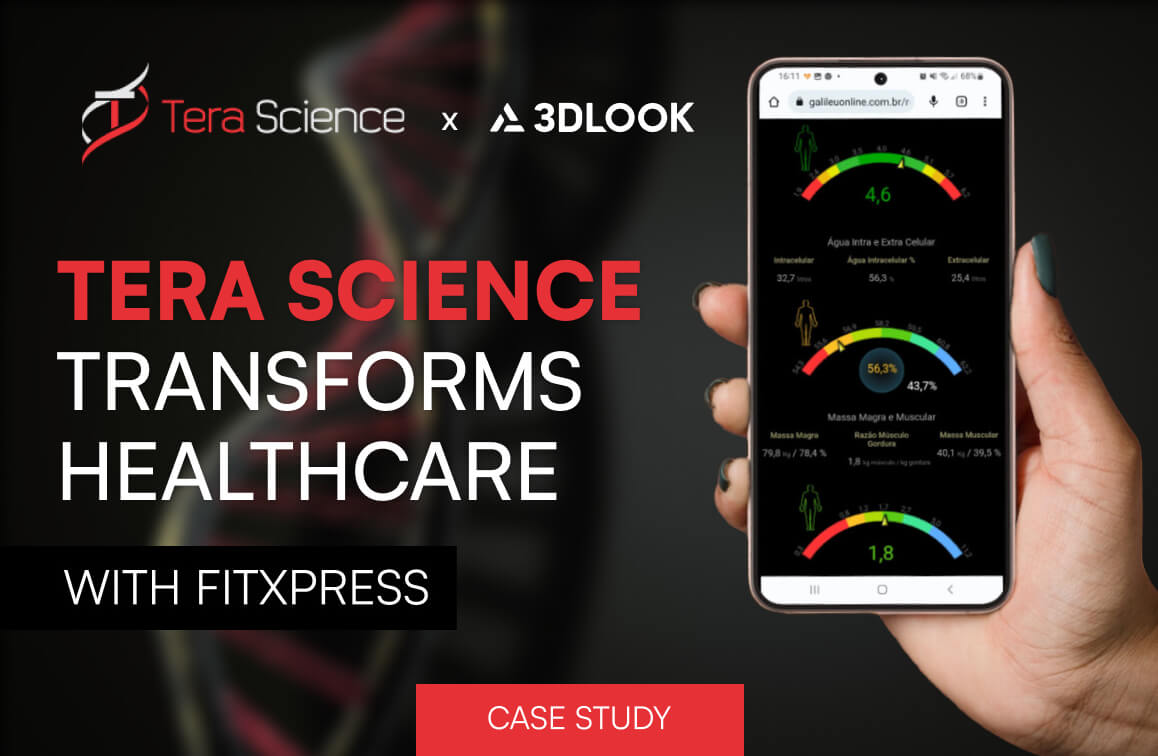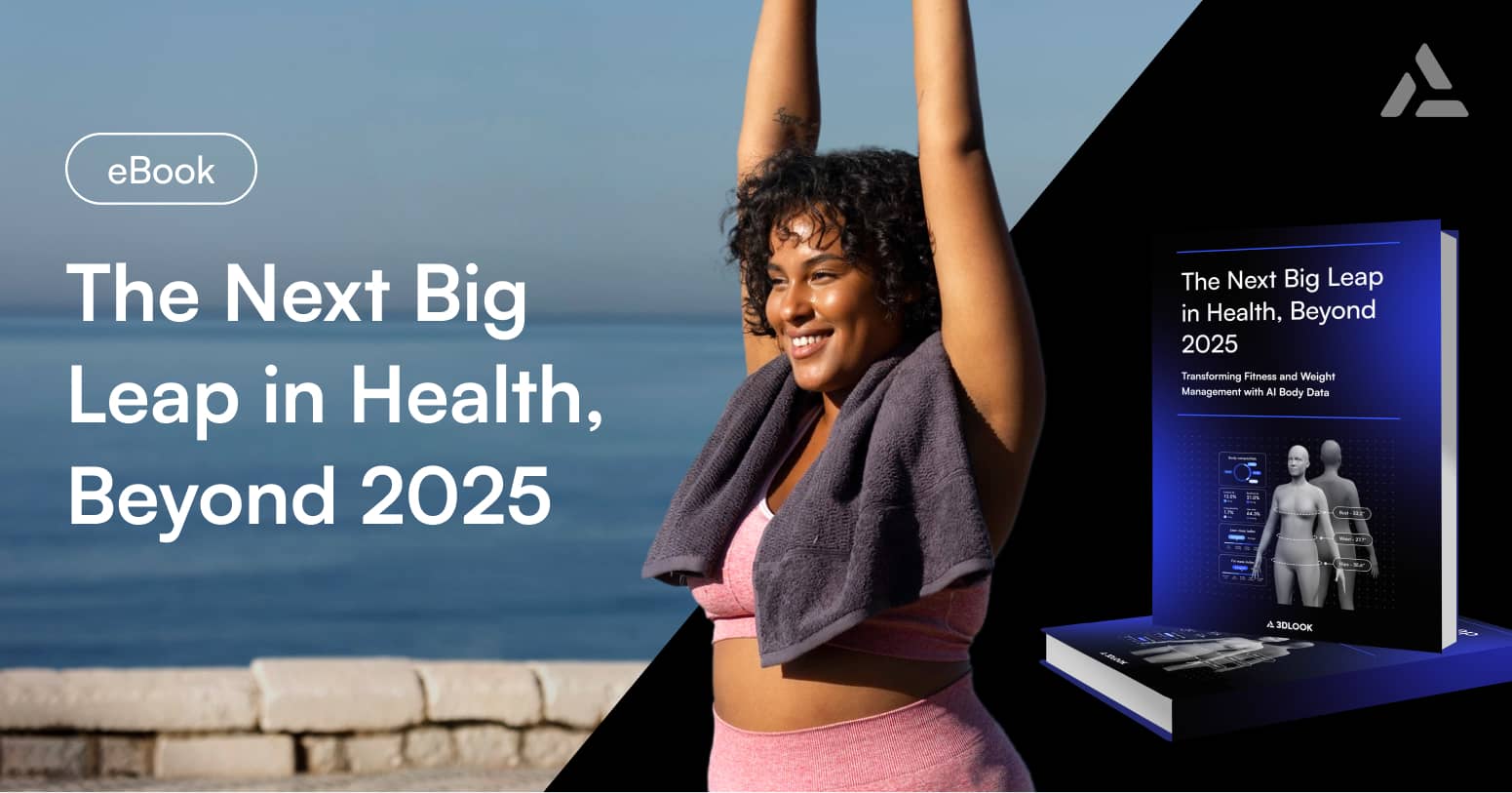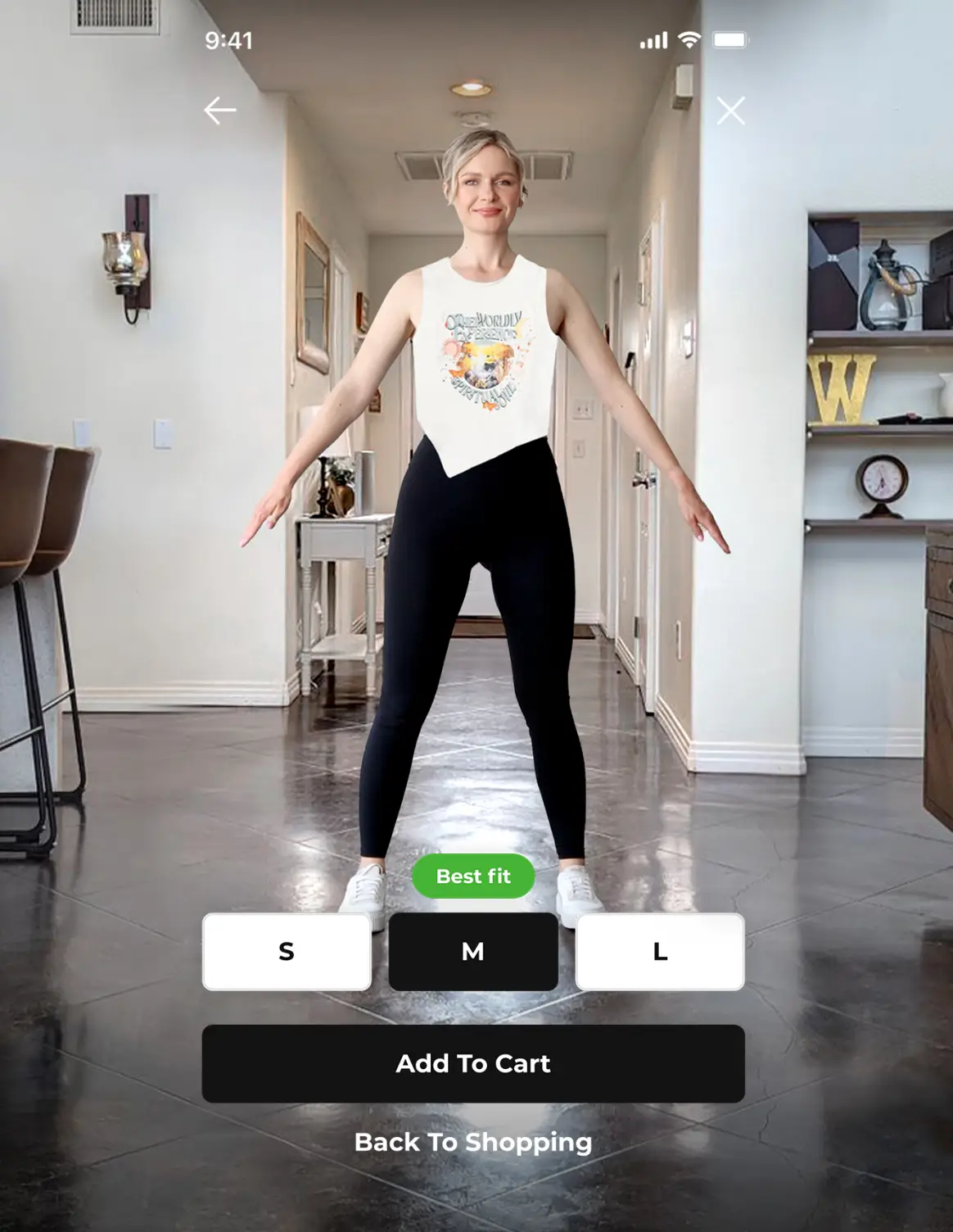Immersive technologies such as augmented reality can enhance the customer experience, drive sales and reduce fashion’s staggering return rates. With AR implementation set to explode in the near future, how can trend-setting fashion brands get ahead of the curve?
Augmented reality, an immersive technology that blends the physical and digital worlds by superimposing computer-generated images over the real world, is an unexpected yet perfect fit for fashion retail. Using augmented reality, fashion retailers can bridge the gap between the physical and online retail experience, transform any room into a fitting room, and provide a convenient solution to customers’ sizing struggles.
Today, just 1% of retailers are using immersive technologies to enhance the customer experience. Yet, with return rates expected to swell as shoppers move online, leading brands are deploying AR online shopping tools to solve pain points in the customer journey. With 40% of US Gen Z and Millennial consumers having already used AR as part of a retail experience, according to Retail Brew, shopping with AR could be something that young consumers come to expect. Those that lead the way will be rewarded with greater conversions, fewer returns and stronger brand loyalty. But, with the AR market set to grow to $198bn by 2025, according to Statista, brands don’t have long to get ahead of their competitors.
Augmented reality and virtual reality in fashion: What’s the difference?
Both AR and VR fall under the same umbrella of ‘mixed reality’ technologies, but they are distinctly different in terms of the technology involved and experience provided. While AR adds digital elements to the physical world, VR transports the user into the digital world.
Unlike AR, virtual reality requires the user to wear a headset device, which they can use to access and explore 3D, virtual worlds. Virtual reality in fashion refers to products and experiences that are simulated within these environments. This could be virtual reality clothing that the user can dress their virtual self up in, or industry events and shows that take place entirely in the digital world.
While similar in the sense that both allow users to view and explore items and environments that only exist in the digital realm, the experiences that AR provides are vastly different – and accessible with nothing more than a smartphone device.
AR in fashion: Creating the leading augmented reality clothing experience
Brands across all sectors are testing AR in retail in various ways. Walmart is using AR to speed up the transportation of items from the backroom to shop floors, while Pull & Bear has deployed an augmented mobile game to engage potential customers. However, in fashion, virtual clothing holds the most promise — according to Rebecca Minkoff, 3D integration makes customers 44% more likely to complete a purchase.
Deploying AR in fashion retail offers a fun, novel and insightful way for customers to explore a brand’s product range by transforming simple product catalogues into engaging 3D experiences. Customers hold their smartphone up to a 2D image and a realistic, 3D representation appears in front of them.
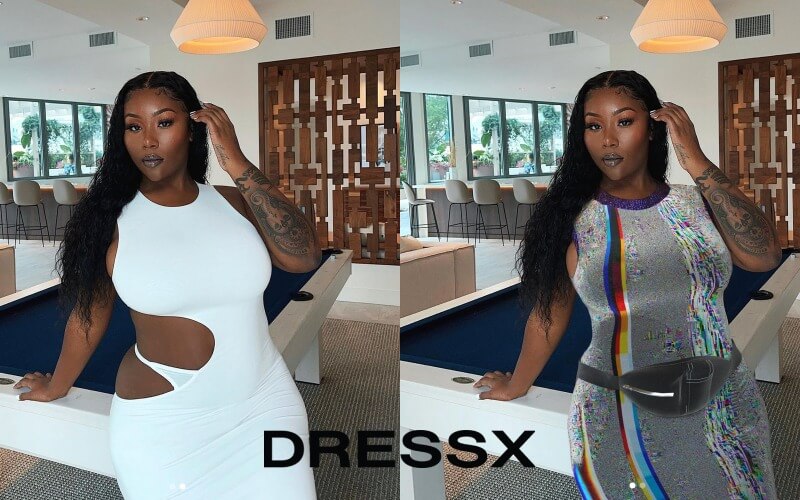
Pushing the technology further, retailers can implement AR try-on solutions, which enable consumers to ‘wear’ these virtual garments. Using a camera-equipped device, AR clothing try on technology can map a realistic, 3D representation of a product over the customer’s body.
Virtual fashion and try-on can engage online shoppers, provide them with a better look at a product than 2D images can offer, and, in turn, encourage them to go ahead with making the purchase.
However, clothes try on technology can also transform the in-store experience. Using magic mirror technology, customers will be able to try on products in a variety of colors and style options without physically undressing, providing busy shoppers with a streamlined in-store experience.
Augmented reality shopping experiences: A must for fashion retailers
Implementing AR for shopping will enable consumers to make more informed purchasing decisions with less hassle. In turn, retailers will benefit from greater loyalty, longer engagement and stronger conversion rates.
Personalization
Source: 3DLOOK. Augmented reality in clothing is offered as part of 3DLOOK’s YourFit, the industry’s first try-on and size recommendation tool.
Request a DemoEngagement
The longer a visitor spends on an e-commerce store, the more likely they are to make a purchase. AR provides a fun and novel way for customers to browse items, helping to keep them hooked for longer. In fact, according to Threekit, AR can keep customers engaged for 2.7x longer, increasing conversions, encouraging additional purchases and converting new clients into repeat customers.
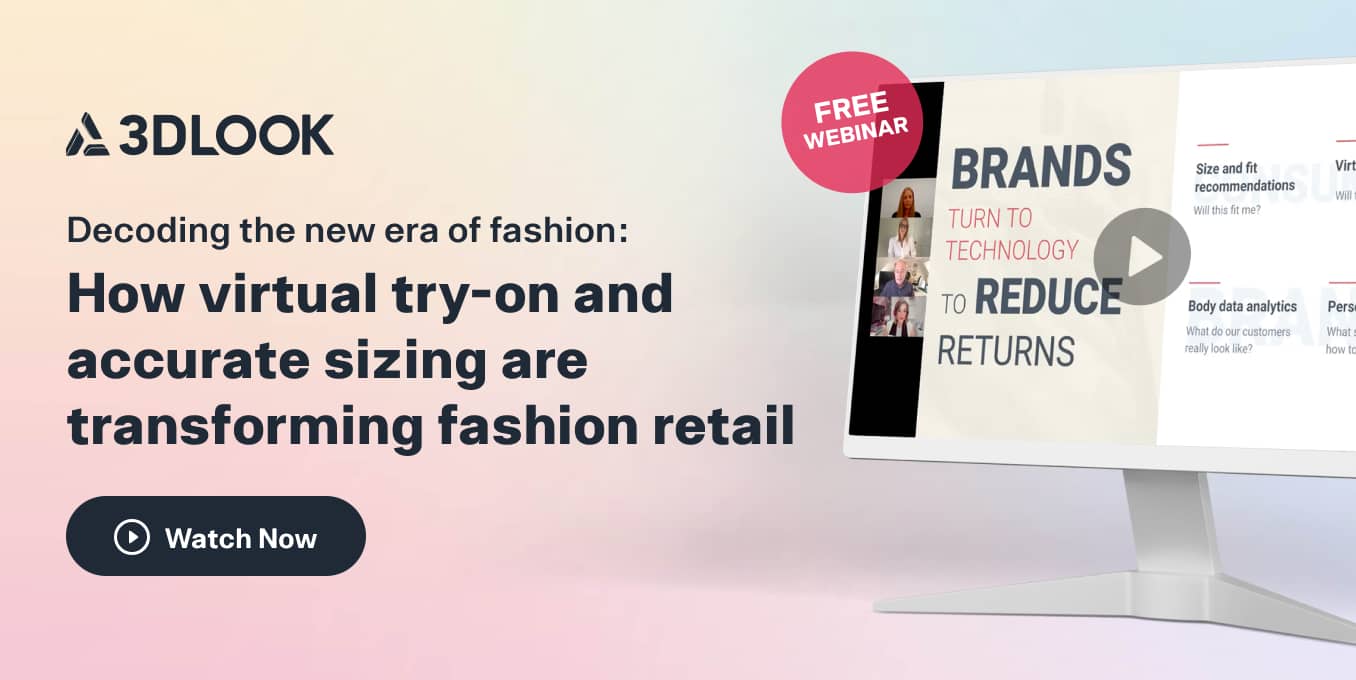
Conversions
The average conversion rate for online fashion stores stands at just 1.8%, according to Littledata, compared to an estimated 20-40% for brick and mortar stores. AR can help to virtualize the in-store experience, enabling customers to see and interact with realistic, virtual product models through their smartphone device. With 62% of shoppers who have used clothes virtual try on stating that it encouraged them to make a purchase, the technology could finally bridge the gap between online and in-store conversion rates.
Returns
An estimated 70% of fashion returns are due to poor fit or style, according to McKinsey. Online shopping amplifies this issue, with e-commerce return rates approximately three times higher than in-store. For those wondering how to reduce returns in e commerce, AR clothing try-on solutions can be an option: they present a way for online shoppers to try before they buy, thus eliminating the problem of a poor fit and leading to fewer returns. Moreover AR try-on is a great example of a sustainable fashion technology as it helps retailers to tackle the size of their carbon footprint head-on, as well as reduce the number of samples and as a result significantly minimize returns.
Loyalty
Using AR, retailers can provide a smooth and reliable customer journey. Studies show that addressing pain points using AR could have a substantial impact on future sales, with 70% of customers expected to show greater loyalty to brands that offer AR-enhanced shopping experiences.
AR virtual try-on & more: The AR fashion solutions assisting innovative retailers
Immersive technologies are tipped to boost global GDP by $1.5trn by 2030, according to PWC. With various innovative tools emerging, AR in fashion is already helping trend-setting brands to generate additional value.
Augmented reality content
A novel way for brands to communicate and advertise to their customer base. By scanning physical objects — such as posters or garments — using a smartphone device, customers can reveal ‘hidden’ content that is invisible in the real world.
Balmain, for example, previously used AR content to encourage the use of its app. By scanning posters that were put up around Paris, users were able to access AR content such as an immersive tour of the brand’s Saint Honoré flagship store.
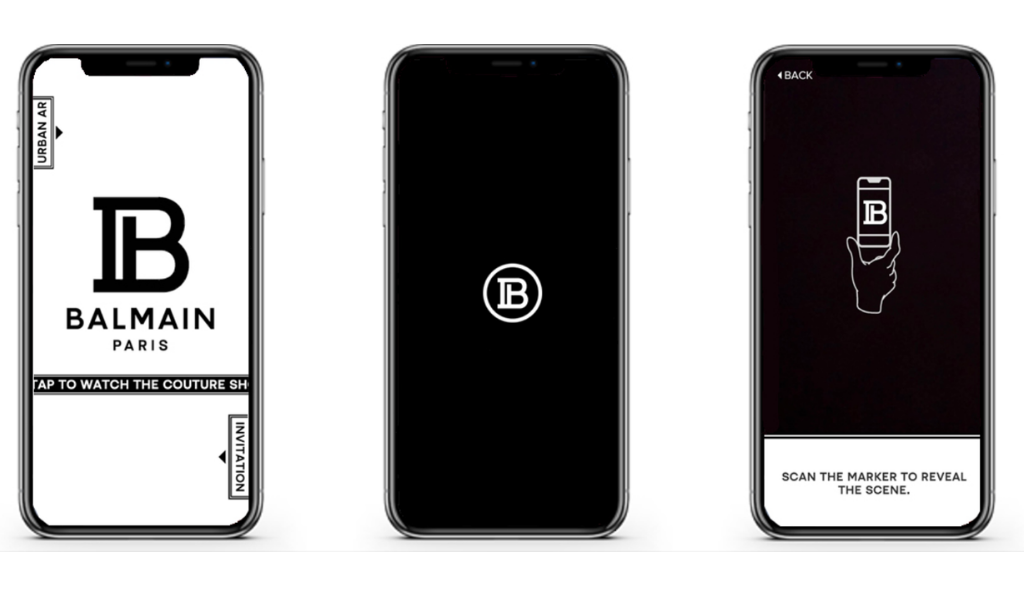
Virtual showrooms
Allow customers to shop around in a digital environment. By moving their smartphone around the room, users can tour the space and interact with items much like if they were visiting a physical store.
U.S. retailer Kohl’s recently launched the Kohl’s Augmented Reality Virtual Closet. Accessible through Snapchat, the feature allows customers to browse a selection of virtual try on clothes : jeans, t-shirts and jackets; and mix-and-match items to create trendy combinations.
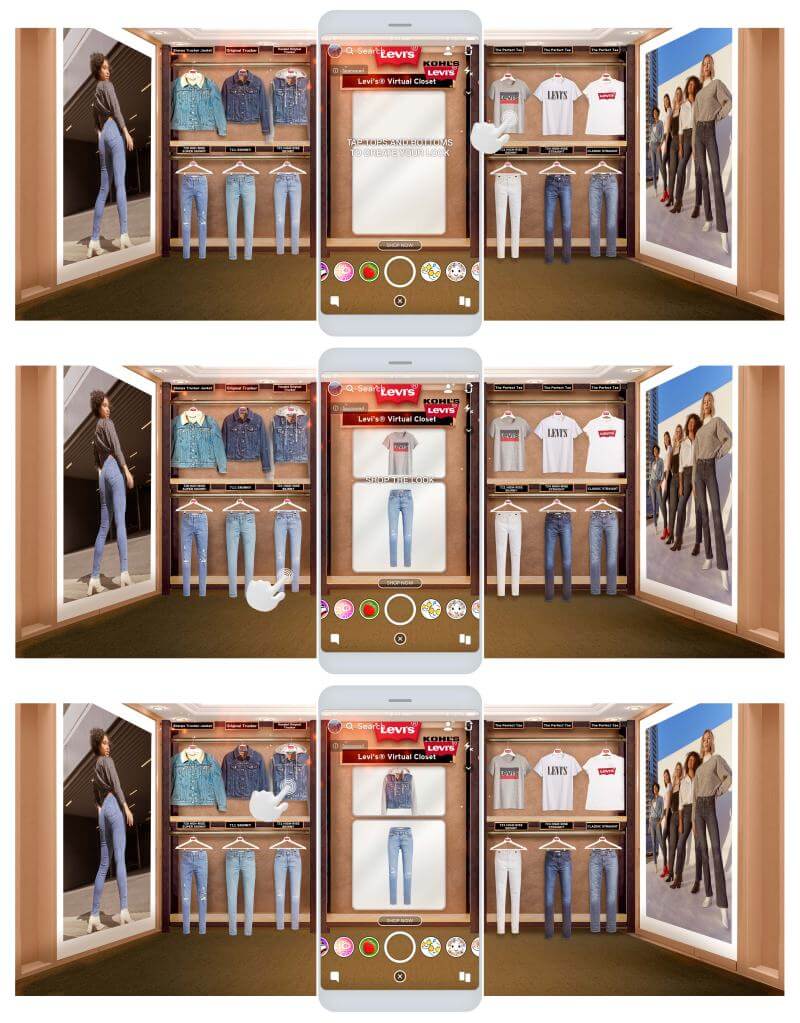
Magic mirrors
Found on shop floors and inside fitting rooms use AR to help customers visualize different garments and options without getting undressed. Simply standing in front of the mirror, customers can swipe between different options and see them on their body instantly.
Companies such as MAC are increasingly experimenting with AR technology in the beauty sector. In partnership with face tracking firm ModiFace, the brand has been rolling out magic mirrors in its stores, which allow customers to try on various shades of lipstick, eyeshadow and blush.
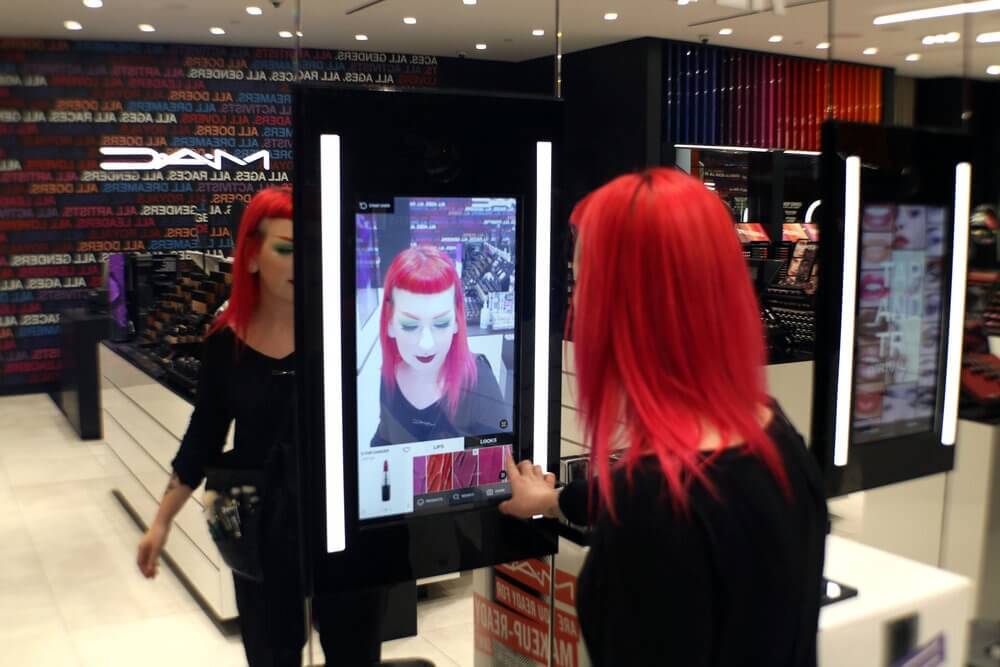
Virtual try-on technology
Enables customers to try on a product using a camera-equipped device. AR technology maps a virtual representation of the product over the real-world image to show customers how a product would look on their body.
Footwear try-on solutions such as Wanna Kicks has allowed sneaker brands such as Gucci, Reebok and Allbirds to add sneaker try-on functionality to their online stores. Using a smartphone device, customers can now see exactly how a shoe will look on their feet.
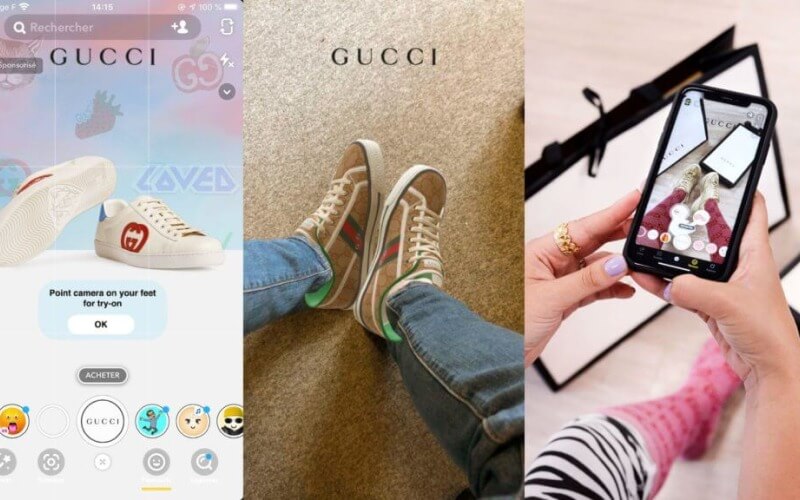
Augmented reality in clothing is offered as part of 3DLOOK’s YourFit, the industry’s first 2-in-1 ar clothing try on and size recommendation tool. In minutes, an innovative solution detects specific body parts (head, neck, shoulders, forearm and ankle) and captures details of the user’s appearance, such as haircut and skin tone, to generate a photorealistic, digital version of the customer.
Source: 3DLOOK. To use YourFit, online shoppers simply choose an item of clothing and click on a widget on a product page to be voice-guided through a quick and easy scanning process using a smartphone camera.
Request a DemoAugmented reality in clothing: What does the future hold?
An augmented reality fashion app such as YourFit by 3DLOOK is helping fashion retailers to match potential customers with accurate fitting products – and producing fantastic results, too – but there is still plenty of innovation to come.
Fashion retailer Farfetch has begun to trial the practice of digitally dressing influencers to promote its new pre-order offerings, for instance. Rather than sending physical goods to the influencers they work with, Farfetch is dressing them with realistic, 3D renders. This clever use of augmented reality in clothing can not only save retailers money and resources on sending out samples, but it can also reduce the environmental cost of shipping.
Likewise, brands such as DRESSX are exploring similar uses for consumers. The innovative fashion retailer produces entirely virtual garments, which consumers can purchase to show off on their social media feeds. Customers share a snap, and the digital garment is superimposed over their body using fashion AR tools, with realistic photos ready to share within days.
Get ready for the future of augmented reality fashion
With 90% of respondents stating that AR will be most useful when buying clothing online, according to GetApp, the fashion retail sector looks set to be among those most drastically altered by the technology.
With just 1% of retailers currently using mixed reality technology to enhance the customer experience, there is an opportunity for innovative brands to take the lead. Not only can implementing AR in fashion retail have a drastic impact on conversion rates, returns and customer loyalty, but it would also provide modern consumers with the shopping experience that they desire.
As e-commerce use grows amongst fashion consumers, so too does their appetite for technology-driven experiences. Soon enough, implementing AR in retail won’t be a matter of getting ahead of competitors, but surviving in a fast-moving fashion market.
Using AR, customers can visualize different options to create products tailored to their unique style, shape and tastes. With 75% of U.S. consumers viewing personalization as critical to a brand’s longevity, according to IBM Watson, AR can help brands to win over modern consumers.
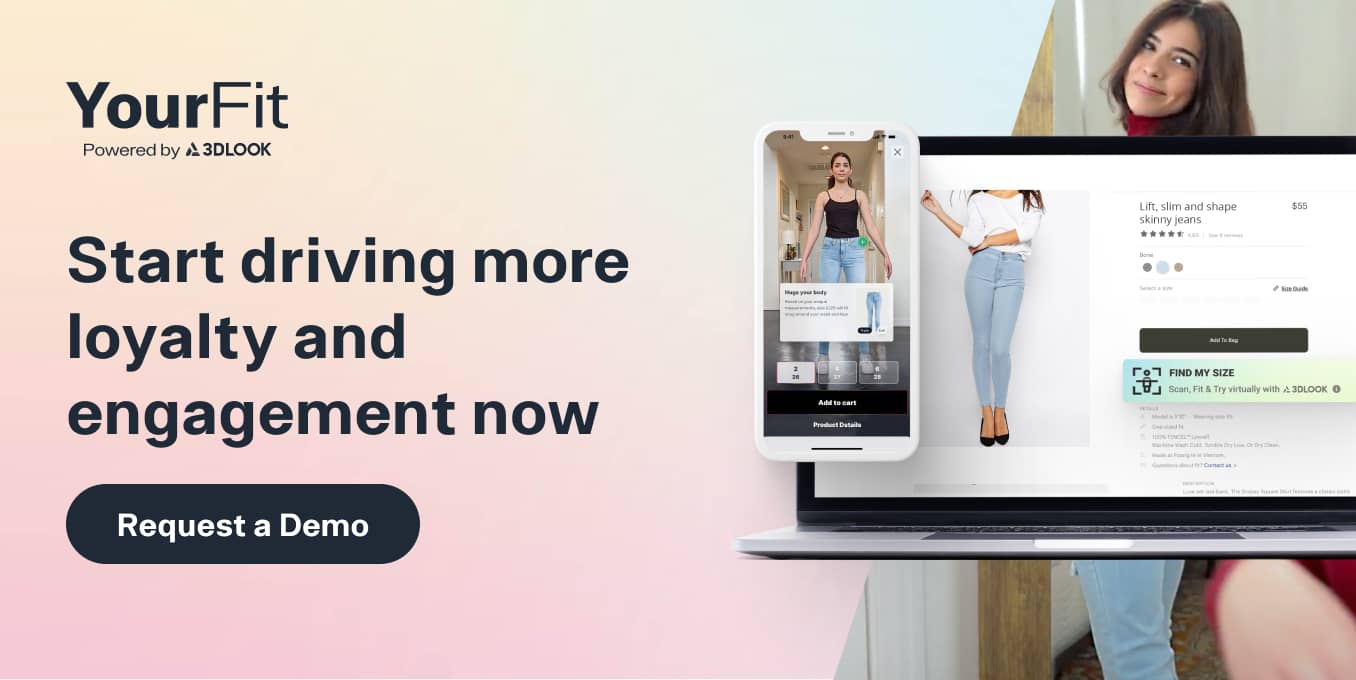
YOURFIT
A simple, user-friendly, and intuitive fit personalization platform that helps shoppers find the best size clothing while also providing an engaging try-on experience!
